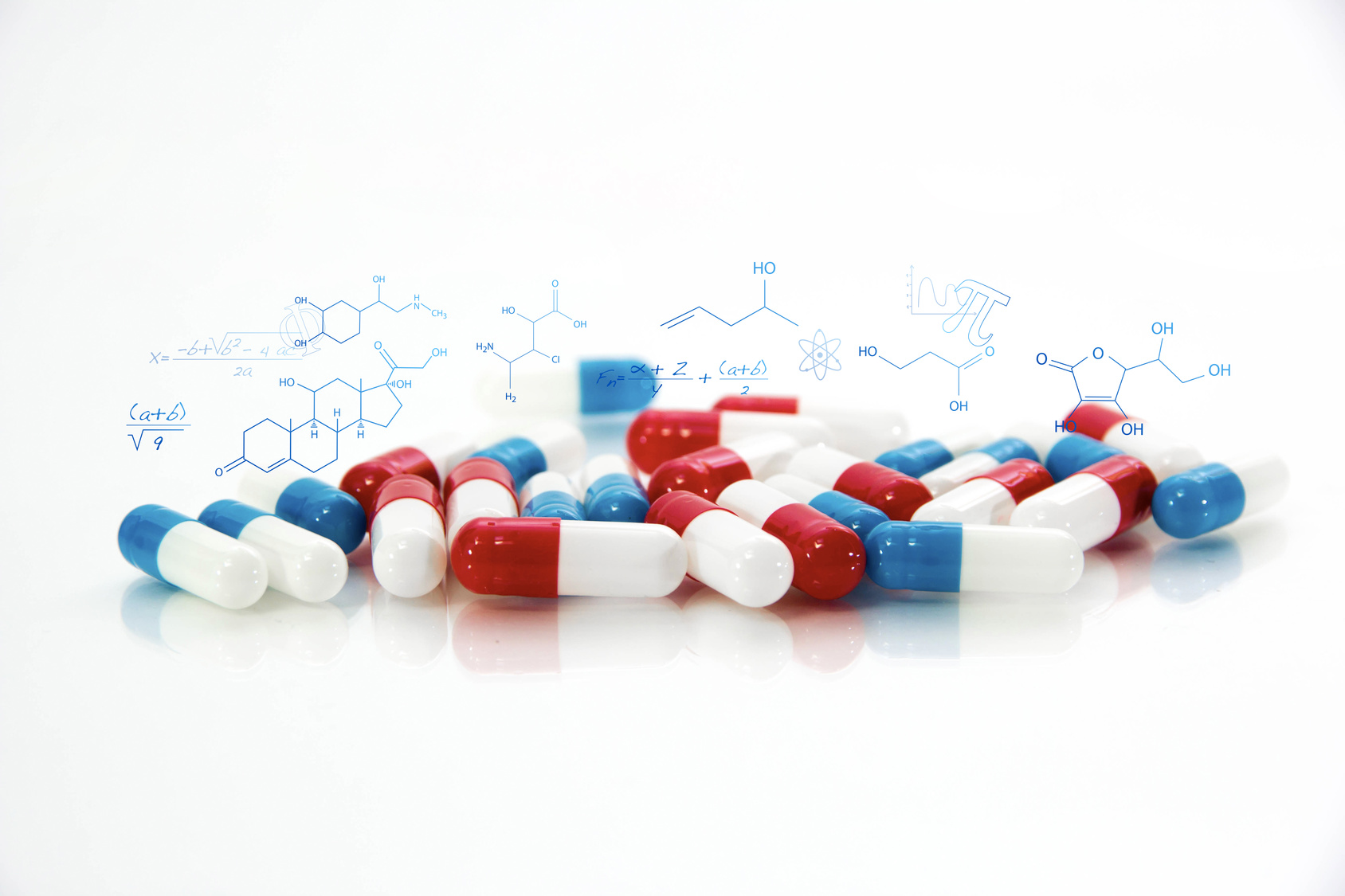Supreme Court of Canada: The Promise Doctrine “is Not Good Law”

AstraZeneca Canada Inc. v. Apotex Inc., 2017 SCC 36
In a long-fought battle, AstraZeneca has prevailed over Apotex and has succeeded in realigning Canada’s stance on utility with most of the rest of the world. The Supreme Court of Canada has ruled that the Promise Doctrine is “punitive,” “antagonistic to the bargain on which patent law is based,” and “undermines a key part of the scheme of the Act; it is not good law.” [51]. In short, the Promise Doctrine is dead.
It is settled law that an invention defined in a claim must have a use. In early Canadian jurisprudence, and in most of the rest of the world, the threshold for utility is low. However, in recent years, Canadian pharmaceutical patents in particular have been susceptible to invalidation based on a heightened and onerous utility standard, which has become known as the “Promise Doctrine.” This Doctrine involves construing any statements of utility in the description of a patent and determining whether these amount to a promise. If they do, then those promises act as the yardstick against which the utility of the claims is measured.
As a result of this, the Promise Doctrine has attracted negative attention and has been blamed for discouraging pharmaceutical research and development in Canada in recent years. Indeed, the Office of the United States Trade Representative (USTR) has included Canada on its watch list of nations that allegedly provide insufficient protection of intellectual property rights. In particular, this report has identified restrictive patentability criteria relating to the Promise Doctrine and has stated that Canadian court decisions “have led to uncertainty for patent holders and applicants, including with respect to how to effectively meet this standard. This unpredictability also undermines incentives for investments in the pharmaceutical sector.”
The Promise Doctrine has become such a difficult hurdle for patentees to overcome that Eli Lilly recently challenged whether its interpretation and application by the courts violated Canada’s obligations under the North American Free Trade Agreement (NAFTA). In a blow to Eli Lilly and patentees alike earlier this year, a NAFTA tribunal refused to intervene on the basis that Eli Lilly had failed to demonstrate a fundamental or dramatic change in Canadian patent law and that the evolution of the Canadian legal framework relating to Eli Lilly's patents could not sustain a claim of arbitrariness or discrimination in violation of NAFTA Chapter 11.
To the resounding delight of patent practitioners and patent owners, the Supreme Court of Canada has held that the Promise Doctrine is unsound and incongruent with both the words and scheme of the Patent Act [36]. The Court found that the Doctrine is excessively onerous in two ways: (1) it determines the standard of utility that is required of the patent by reference to the promises expressed in the patent; and (2) where there are multiple expressed promises of utility, it requires that all be fulfilled for a patent to be valid [37].
The Court went further and prescribed the correct approach to utility as follows: “First, courts must identify the subject-matter of the invention as claimed in the patent. Second, courts must ask whether that subject-matter is useful — is it capable of a practical purpose (i.e. an actual result)?” [54]. The Court cautioned that not any utility will do; the utility of the claimed invention must have some relevance to the subject matter of the patent. “It is not sufficient for a patentee seeking a patent for a machine to assert it is useful as a paperweight.” [53]. However, “a scintilla of utility will do” and “a single use related to the nature of the subject-matter is sufficient” [55]. The utility requirement must “be interpreted in line with its purpose — to prevent the patenting of fanciful, speculative or inoperable inventions.” [57].
Using this framework, the Court held that AstraZeneca’s patent is not invalid for want of utility and is entitled to its costs in the Supreme Court and the courts below.
Practical Implications:
This decision constitutes a big win for patentees in Canada. Predictability for pharmaceutical patents has been restored with respect to utility and Canada’s standards are now more in line with those of other countries. Utility remains a requirement in Canada, and that utility must have been demonstrated or soundly predicted as of the filing date so as to avoid issuing patents on subject matter that is merely speculative. However, stray promises or hoped-for advantages found in the specification are no longer the yardstick against which utility is to be measured.




